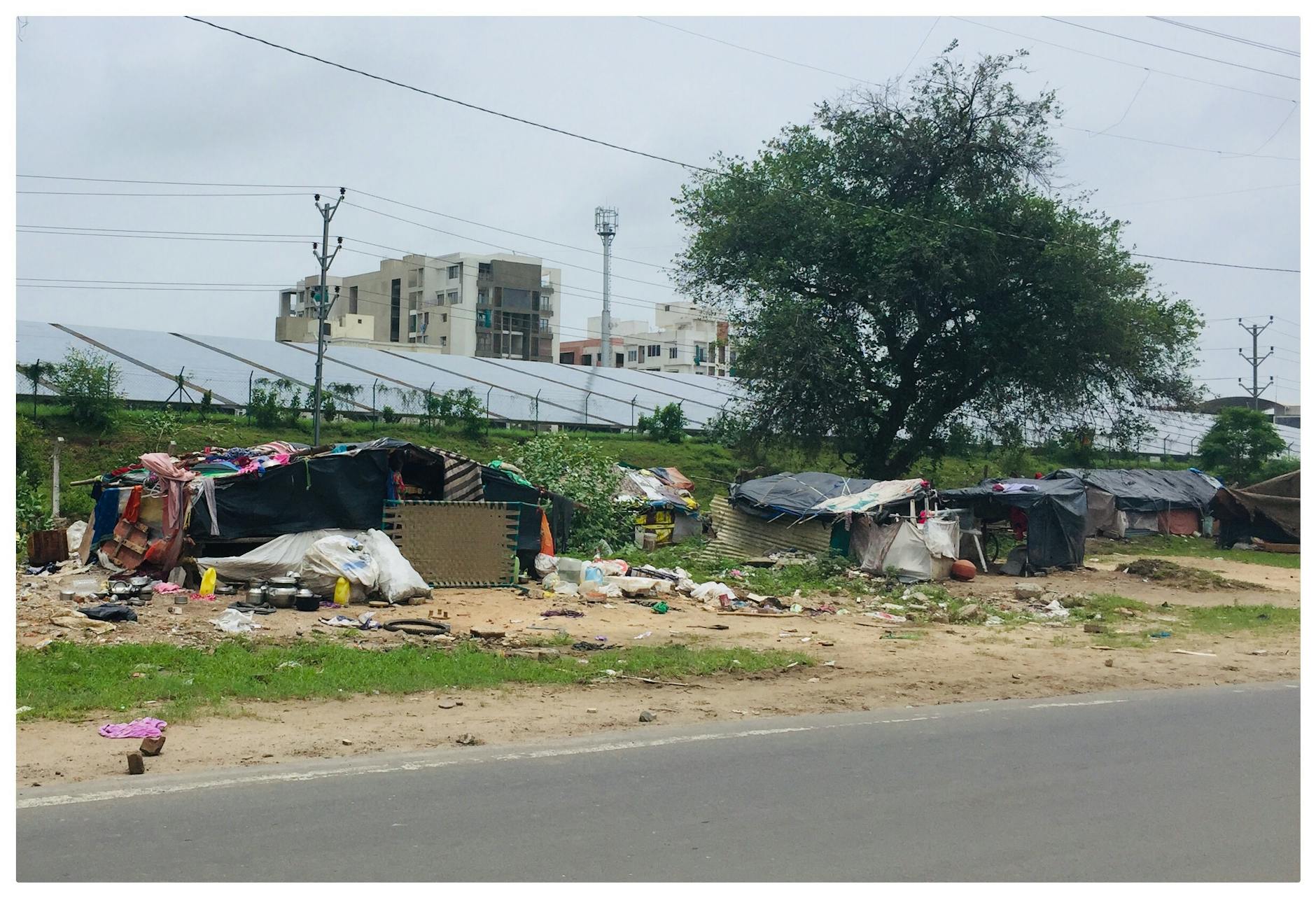Emerging Trends in Affordable and Low-Income Housing Development
Emerging trends in affordable and low-income housing development are reshaping how communities address one of the most pressing social challenges today: the shortage of quality, affordable homes. With rising urban populations and increasing economic disparities, traditional models of housing development no longer suffice. Innovations in design, construction techniques, policy adaptations, and financing are creating new opportunities to deliver sustainable and accessible housing solutions. This article explores key trends transforming the landscape—from technology-driven construction methods and inclusive zoning policies to green building practices and community-focused designs. Understanding these shifts is critical for developers, policymakers, and stakeholders committed to making housing affordable and equitable for all.
innovative construction technologies
One of the most significant drivers of affordable housing development is the adoption of new construction technologies that reduce costs and accelerate build times. Prefabricated and modular construction systems have gained momentum, allowing housing units to be assembled swiftly with high precision and lower labor expenses. For example, using prefab modules, developers can cut construction time by up to 50%, reducing financing and carrying costs.
Additionally, 3D-printing technology is advancing rapidly, enabling the production of affordable, customizable housing units with less material waste. This technology lowers barriers for low-income housing projects by minimizing on-site labor needs and streamlining supply chains.
These innovations contribute not only to affordability but also to improved quality control and sustainability, essential for long-term community development.
policy innovations supporting affordable housing
Policy frameworks play a pivotal role in determining the feasibility and scale of affordable housing projects. Emerging trends include the expansion of inclusionary zoning policies, which require developers to allocate a percentage of new units for low- and moderate-income residents. Cities like Minneapolis and Seattle have implemented such policies with measurable success in increasing affordable unit supply.
Another critical policy innovation is the introduction of community land trusts (CLTs). CLTs separate land ownership from housing, ensuring affordability in perpetuity by preventing speculative price increases. This approach empowers communities, stabilizes neighborhoods, and preserves affordable housing stock over time.
Moreover, local governments are streamlining permitting processes to encourage faster project approvals, lowering bureaucratic hurdles for affordable housing developments.
sustainable and resilient design
Environmental sustainability and resilience are increasingly integrated into affordable housing developments, reflecting broader societal goals and practical benefits. Green building certifications such as LEED and Passive House standards help reduce operational costs for residents through energy efficiency, water conservation, and better indoor air quality.
In vulnerable locations, resilient design practices—such as flood-resistant structures and climate-adaptive landscaping—minimize risks from extreme weather events. These practices help protect investments and improve the safety and health of low-income households, which often face disproportionate environmental challenges.
Incorporating these design principles is a growing trend that ties affordability with long-term sustainability, creating healthier and more durable communities.
financing models driving scalable solutions
Innovative financing models have emerged to address the persistent challenge of funding affordable housing. Traditional funding gaps caused by low profit margins are being bridged through a combination of public-private partnerships, social impact investing, and community grants.
One notable model is the use of low-income housing tax credits (LIHTCs), which incentivize private developers by providing tax benefits in exchange for affordable units.
Below is a table summarizing common financing sources and their impact:
| Financing source | Description | Impact on affordability |
|---|---|---|
| Low-income housing tax credits | Federal tax credits awarded to developers for affordable units | Encourages private investment, increases unit supply |
| Community land trusts | Nonprofit ownership of land to ensure long-term affordability | Permanently lowers housing costs, prevents displacement |
| Social impact bonds | Investment tools tied to social outcomes including housing | Attracts new investor classes, focuses on measurable impact |
| Public-private partnerships | Collaborations between government, developers, and nonprofits | Shares risk and resources, helps scale projects |
Combining these models allows for flexible, scalable financing strategies tailored to different markets and community needs.
Conclusion
The ongoing evolution in affordable and low-income housing development demonstrates a multifaceted approach to a complex problem. From technological breakthroughs in construction to nuanced policy innovations, developers and communities are finding new ways to build housing that is accessible, durable, and environmentally responsible. Sustainable design addresses both cost efficiency and climate resilience, improving living conditions while safeguarding investments. Meanwhile, creative financing models unlock resources necessary for scaling projects that might otherwise be unviable. Together, these emerging trends form an interconnected framework that promises a more inclusive and equitable housing future. For stakeholders aiming to tackle housing affordability, understanding and leveraging these innovations is crucial to meeting growing demand and fostering thriving communities.
Image by: Chris John
https://www.pexels.com/@chrisjohn
editor's pick
latest video
news via inbox
Nulla turp dis cursus. Integer liberos euismod pretium faucibua


